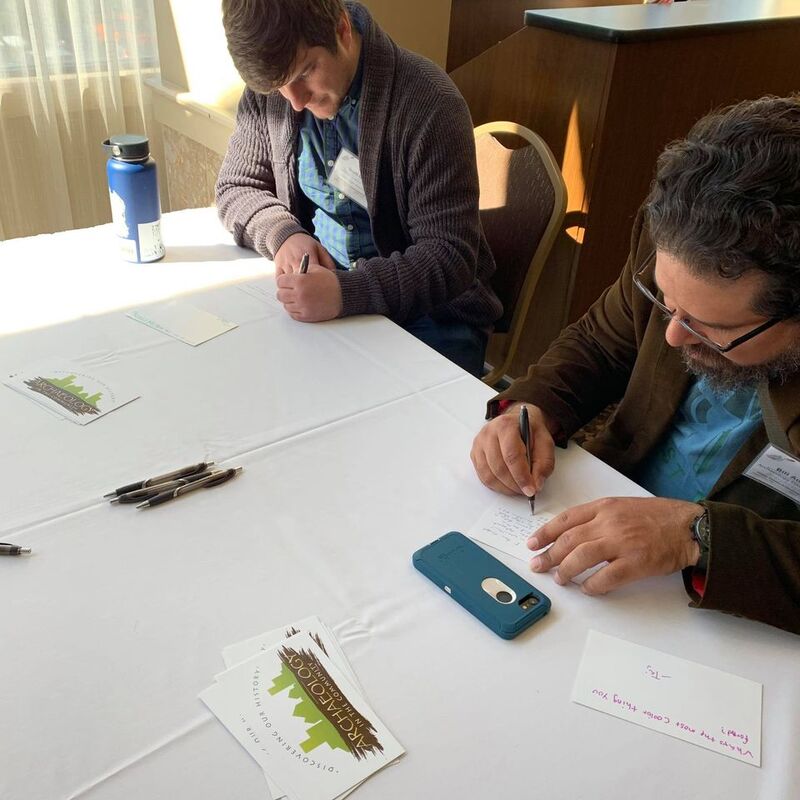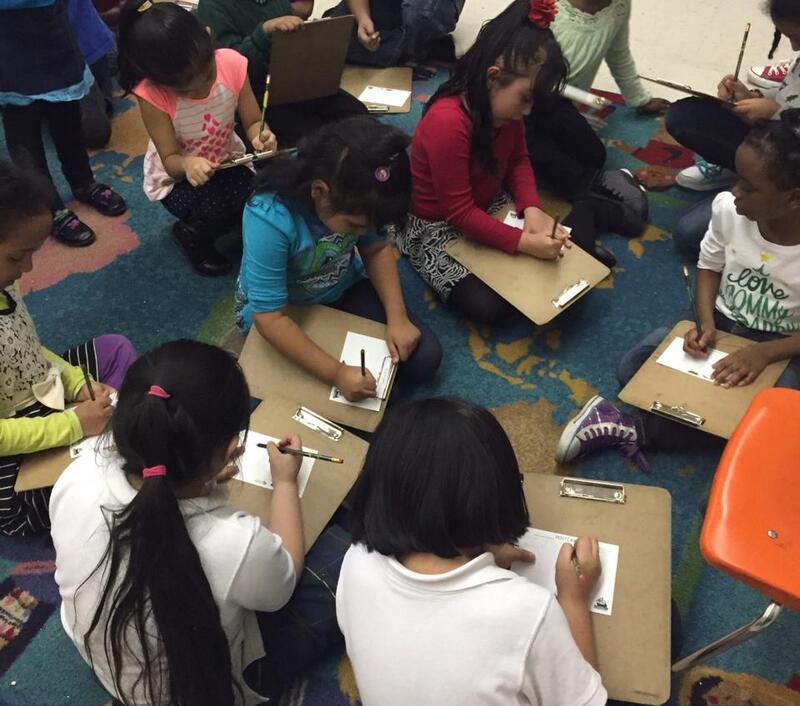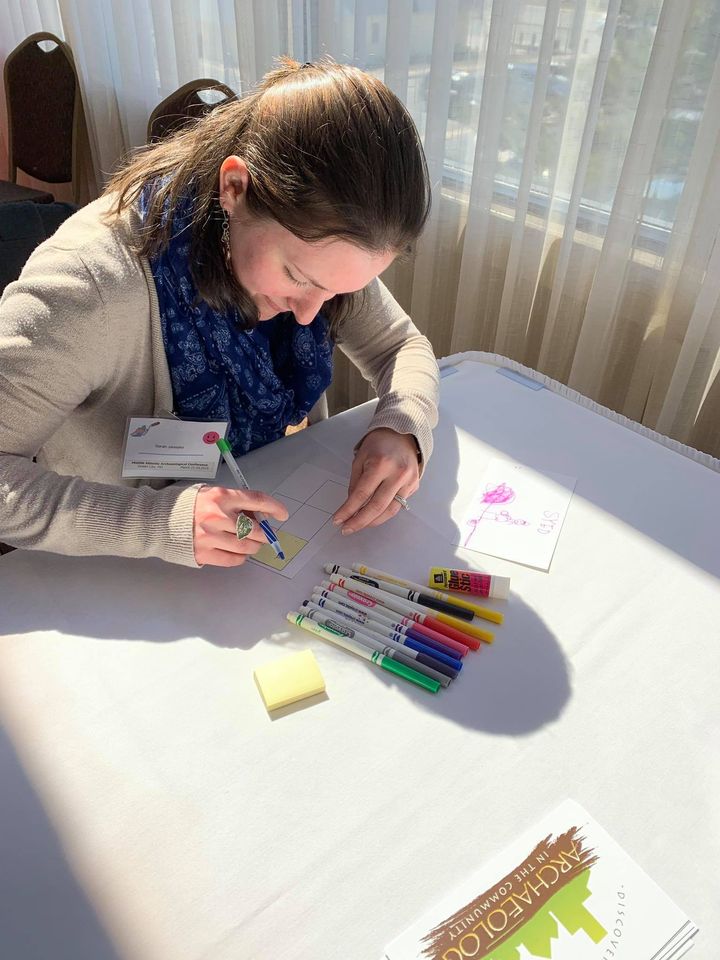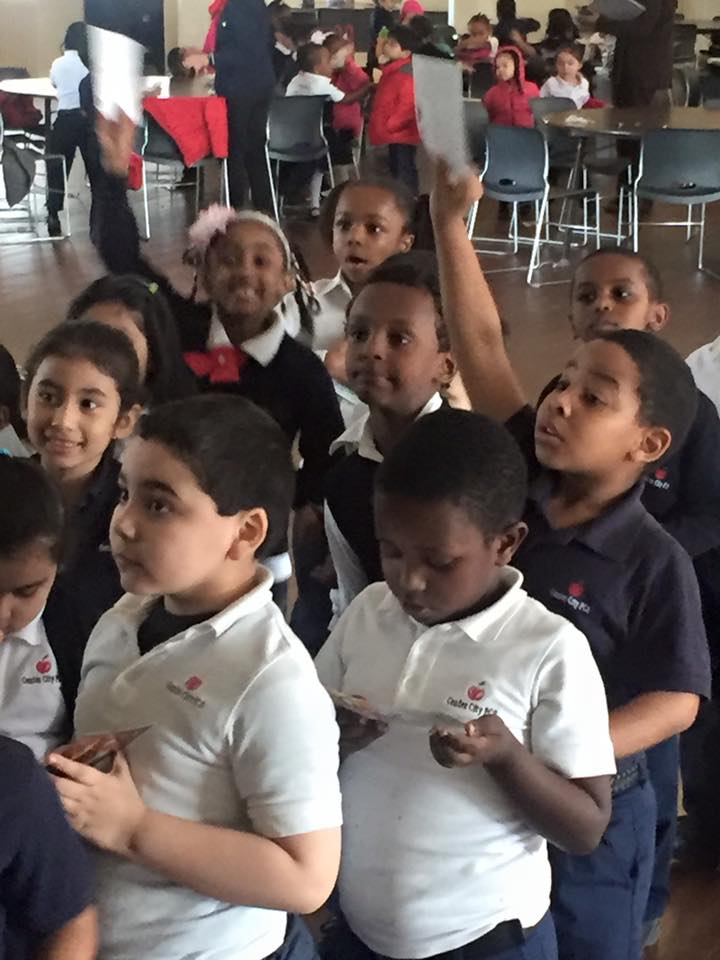|
In a project organized by Archaeology in the Community, students can write questions about archaeology, and receive hand-written responses from professional archaeologists. If you are an educator and would like 2024 DC Archaeology Month postcards for your class to write questions together, please contact us. If you have a question about archaeology, we would love to hear from you and will do our best to answer. See some of the previous student messages and archaeologists' answers below.
|
What are mummies made out of? Are mummies real?
Mummies are made of humans after they die, and they are wrapped in a type of cloth called linen. The Egyptians used salt and a chemical called bitumen when making mummies.
Yes, mummies are real. The most famous mummies are from Egypt. They were wrapped in cloth. Other mummies have been found in very dry places and are wrapped in blankets or other larger cloths. Places where these dry mummies are found include South America and China.
However, you should know that although mummies are real, they don't get up and chase people like they do in movies.
However, you should know that although mummies are real, they don't get up and chase people like they do in movies.
When you find something, how do you know it's not a plain rock?
Good question! Sometimes it's hard to tell an artifact from a plain old rock.
Artifacts have markings on them from when they were made or when they were used. Stone tools were chipped into shape by a flintknapper or ground with a harder stone. Then, when they are used, more marks are left on the stone. Sometimes rocks look like artifacts–but if they don't have marks left by use, it's just a plain rock.
Artifacts have markings on them from when they were made or when they were used. Stone tools were chipped into shape by a flintknapper or ground with a harder stone. Then, when they are used, more marks are left on the stone. Sometimes rocks look like artifacts–but if they don't have marks left by use, it's just a plain rock.
Do you see old people in the water?
I do sometimes see old people in the water. More importantly, as an archaeologist, I rescue them.
There is a whole sub-field of archaeology called "underwater archaeology" and we do excavations in the water. Many times we use machines that help us see underwater to locate sites and artifacts, but sometimes we also put on scuba diving gear and get into the water with waterproof cameras, waterproof paper, and special collection buckets and we excavate while we're in the water.
There is a whole sub-field of archaeology called "underwater archaeology" and we do excavations in the water. Many times we use machines that help us see underwater to locate sites and artifacts, but sometimes we also put on scuba diving gear and get into the water with waterproof cameras, waterproof paper, and special collection buckets and we excavate while we're in the water.
The first time you got the job, were you scared? Do you like your job and what is your purpose? Is it to make a difference or to make the world a better place?
Of course I was scared when I first started my job! It's totally normal to be scared at first. Everyone just wants to do a good job and make friends. I'm lucky enough to have a job that I love.
I believe that our history and all the traces people have left behind are important to protect. We can learn so much about our fellow humans through studying and understanding the past. People have done really cool things–it's one way that we can make the world better–by preserving the past for the future.
I believe that our history and all the traces people have left behind are important to protect. We can learn so much about our fellow humans through studying and understanding the past. People have done really cool things–it's one way that we can make the world better–by preserving the past for the future.
What do you do with an artifact?
We find artifacts in the dirt. We wash them and study them to learn things about people in the past. Sometimes the artifacts even go to a museum so people like you can come see them!
After washing, we let it dry. Then we analyze it, catalogue it, and put a label on it. We use the artifact to help us study and interpret how people once lived.
Do you have a lab? Do you have a lab in your car?
I do have a lab! Labs are where archaeologists learn more about the artifacts they dig up! We clean all the artifacts you see in museums first in a lab! And no, sadly, I do not have a lab in my car, but that's a really cool idea! Maybe you could be a traveling archaeologist with a car lab!
How do you find different fossils/artifacts in the ground?
That is an excellent question! There are a number of ways that archaeologists find artifacts. We do occasionally find fossils! We use trowels, shovels, and spoons to remove a little soil slowly and carefully. We love finding artifacts. Fossils were sometimes used or collected by people in the past, and we definitely find those.
Archaeologists like to use tools like shovels and trowels to dig up artifacts. We take lots of notes so we know where the artifacts came from and use them to understand what people in the past were doing.





